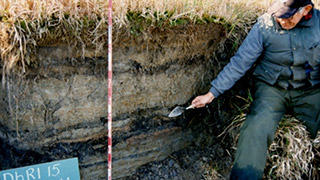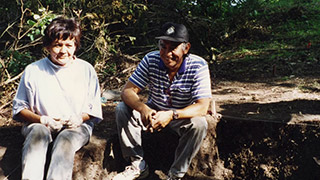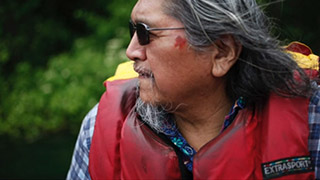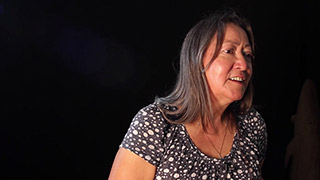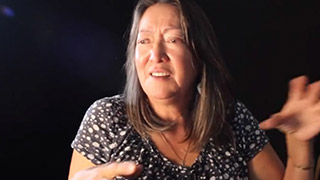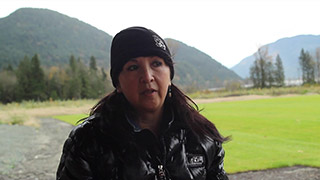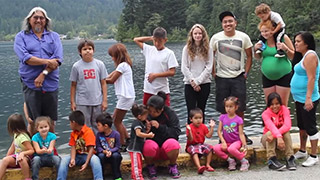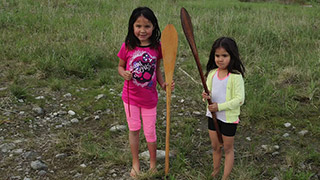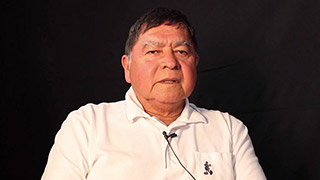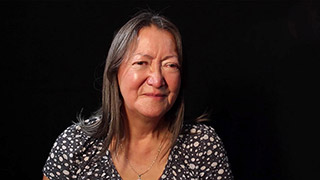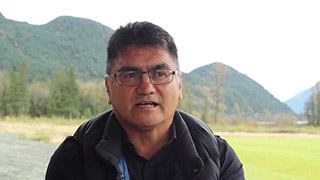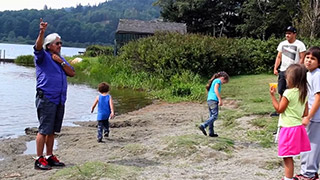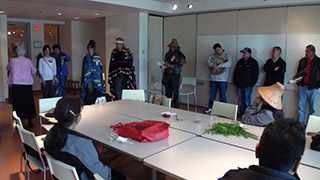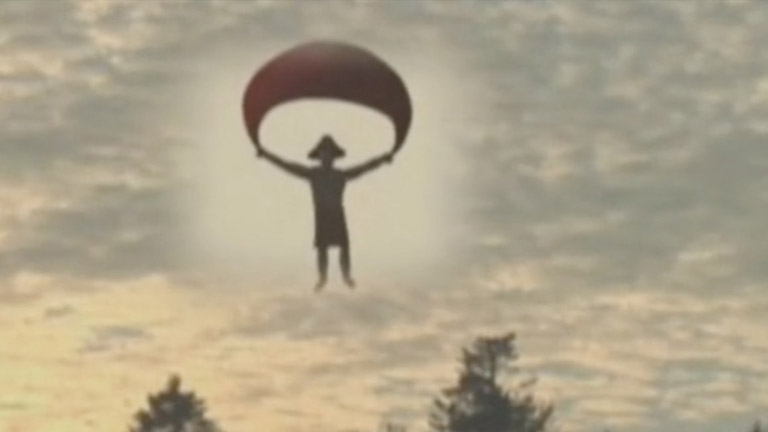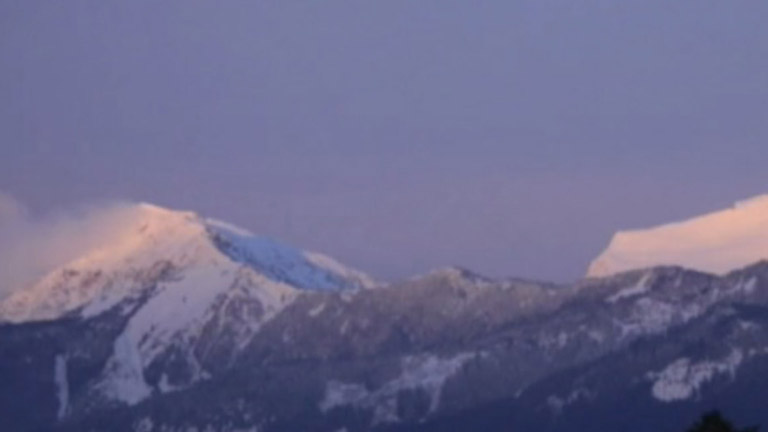The Beginning of Archaeology at Sq'éwlets
The Beginning of Archaeology at Sq'éwlets
View Transcript[Clarence Pennier]: It was important for me to understand that, you know, we’ve been here for thousands of years. And one of the ways of proving that is by having these archaeology digs to see what’s there in the ground, and whether we can place some time to it, you know. How far are we looking back in terms of having our people live in this particular area?
[Michael Blake]: The archaeology project that’s at Sq'éwlets, is a result of the Sq'éwlets community wanting to collaborate with researchers to understand their history. And we who have participated in this project over the course of about seven years have all felt the welcome of Sq'éwlets from the perspective of people really truly wanting to know what this information - what the material information that comes from archaeology can help do to, to um perhaps fill in some blanks or give a different perspective to the understanding of the history of the region that they’ve always known because it’s always been passed down from the elders over generations.
[Betty Charlie]: Telling the students that they had to be respectful and they had to have good feelings when they went over there. And the way they went over there was the way they had to come back. Like um, not bringing bad thoughts back from the mountains. Yeah, it’s all about respect.
[Michael Blake]: Because the site transformed in use over time, and its functions seem to have changed from village to cemetery as I mentioned earlier, we can see that as a village location, how people lived at the site was in many ways very similar to how other villages were lived in and occupied all along the Fraser system and part of the Harrison system. So, people were interacting with one another - not just in the immediate area, but all up and down the river system, and throughout the entire Fraser drainage system.
[Vi Pennier]: Most of all, I remember the information that was given to us, like what they were doing over there. All the artifacts that they found there, and then when they found the remains it was just like another world, coming open.
[Michael Blake]: One of the other really interesting discoveries at the site is that, um, the house, the largest house that we excavated, for which we could discover its size, and shape, looked to be oriented towards the river. And we, more or less, sort of naively thought that the big house at the site that we excavated was simply just located on the terrace so that people could have access to the water. And it wasn’t until we started to study the patterns of the solar orientation of the burial mounds that we also thought to look at the orientation of the house, and see whether it too had a sacred orientation. Well we found that the big house at Sq'éwlets was oriented to the equinoxes. Not to the summer solstice as the burial mounds. And this is kind of interesting because the house, we think, that we excavated we think based on radiocarbon dating, is about 2400 years old. Give or take a few centuries. And it had an orientation more or less to the river, but precisely to the equinox sunrises. Both the March and September - the spring and fall equinoxes.
So that was a very interesting discovery and one of the things that was so exciting about that discovery is that it connects that big house at Sq'éwlets to two earlier houses that had been excavated enough so that we could then orient them, determine their precise solar orientation. And it turns out that two of the earliest houses in B.C. are also located on the Fraser River, at the Mauer site and at Xá:ytem. The Mauer site is a little bit upriver from Sq'éwlets. Xá:ytem is a little bit downriver from Sq'éwlets. And they both have precisely the same orientation to the equinoxes.
They access the shored access of the house, the main doorway of the house, is pointing to equinox sunrise. So that means that the Sq'éwlets house at about two-and-a-half thousand years old, has a direct connection in its ceremonial structure and orientation going back about five thousand years.
[Betty Charlie]: I just hope that when they do start showing the artifacts, that they do have good narration behind them because you know, just looking at a picture is not saying very much. There should be narration behind it saying, you know, what the object was, and what it was used for. And put a date on it.
[Michael Blake]: The artifacts at the site tell the same story. The kinds of tools that were left behind by the people who lived there show that they were engaged in the same range of activities that I like to think of as the same kinds of industries, that were the ancient equivalents of the industries that are still important in B.C. today. Fishing, logging, mining - all of those kinds of activities were practiced and are evident by the kinds of tools left behind. Stone tools for cutting and working wood, for making planks, for example. Stone tools for hunting. Clearly tools for fishing, including fragments of nets that were recovered from the wet site deposits at Sq'éwlets.
So all of the kinds of activities that we can see at this one site are part of the ongoing traditions that First Nations people still practice, including the Sq'éwlets people today do all of the same kinds of activities.
[Dave Schaepe]: Well there’s a number of things I would want to say to an audience of archaeologists, to community members here at Sq'éwlets, about archaeology. And how it can play a useful, relevant role in the world today. Under the framework of history being connected to the present, and being a factor of the future, very much a Stó:lō model of understanding our relationship between the past, present, and future. With no separation really between them; they’re totally interconnected. Archaeology then provides a means, through a particular practice that we learn how to apply, of bringing more substance that has been disconnected from that process. How to bring more substance into that framework, so that those who are dispossessed, who have been isolated, contained, alienated from their identity, from their land, from their history, can be aided in that process of reconnection.
[Reg Phillips]: Well I just know that everything is happening for a reason, especially in the world of archaeology. And they’re finding out a lot of artifacts, and a lot of things that our people, what our people's beliefs were, and how they lived their lives. And I think that’s really important that our roots, we come from a good lineage, you know, and they’d be proud of that. The understanding of all of the - like I know that our ancestors lived in this holistic world, where they just knew that they were connected to everything. And my vision of our ancestors is one of harmony and giving thanks.
Download:
SD (44.5 MB) | HD (141 MB)



